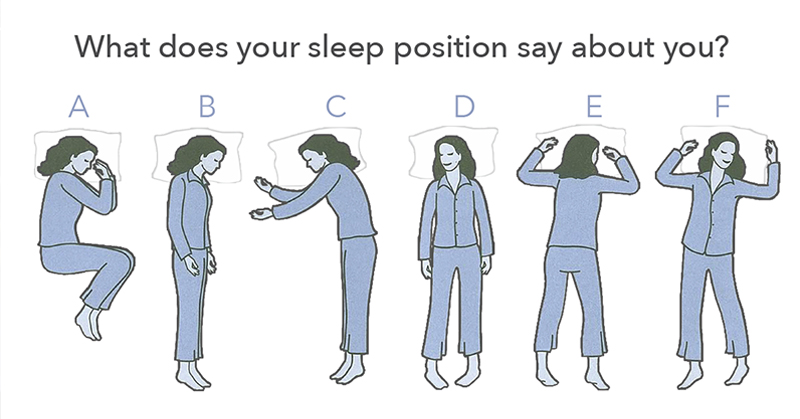Have you ever wondered if the way you sleep could reveal something about your personality? While it might seem ridiculous, there’s a definite connection between our sleep positions and certain aspects of our character. Research conducted by sleep psychologists and experts sheds light on this exciting relationship and potentially shows how our subconscious minds manifest while we sleep.
Even Winston Churchill needed a special two-hour nap every day so that he could carry on working through the night. He was well-known as a night owl! Or Mariah Carey, who apparently has to sleep 15 hours just so her voice can sound ‘the way I want it to’ with “20 humidifiers around my bed. Basically, it’s like sleeping in a steam room”. Professor Chris Idzikowski surveyed over 1,000 British adults to explore any potential links between sleeping position and personality.1 His findings showed intriguing links between common sleep positions and various personality traits. For instance:
Read More: This is what sleeping on the left side does for our brain, stomach & glymphatic health
1. Fetal Position
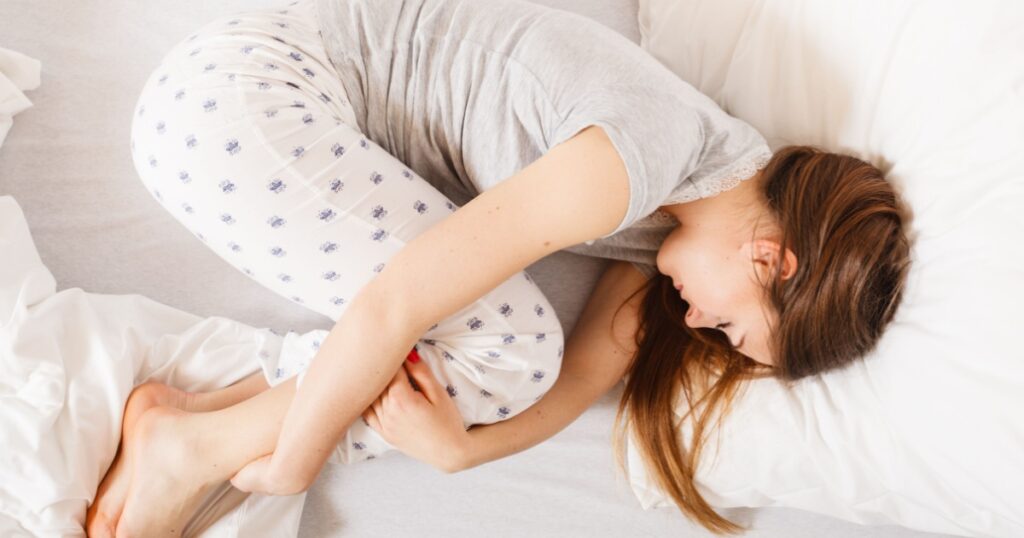
Characterized by sleeping on one’s side with knees drawn towards the chest, is the most common sleeping position. What’s interesting is that it also carries profound psychological implications. Those who sleep this way often show traits of sensitivity, introversion, and a desire for protection. This position symbolizes a subconscious want for comfort and security, mirroring a fetus in the womb. The balling up of the body reflects a desire to hide from the world and shows a need for emotional warmth and reassurance.
2. Arms-Out Side Sleeping (Yearner Position)
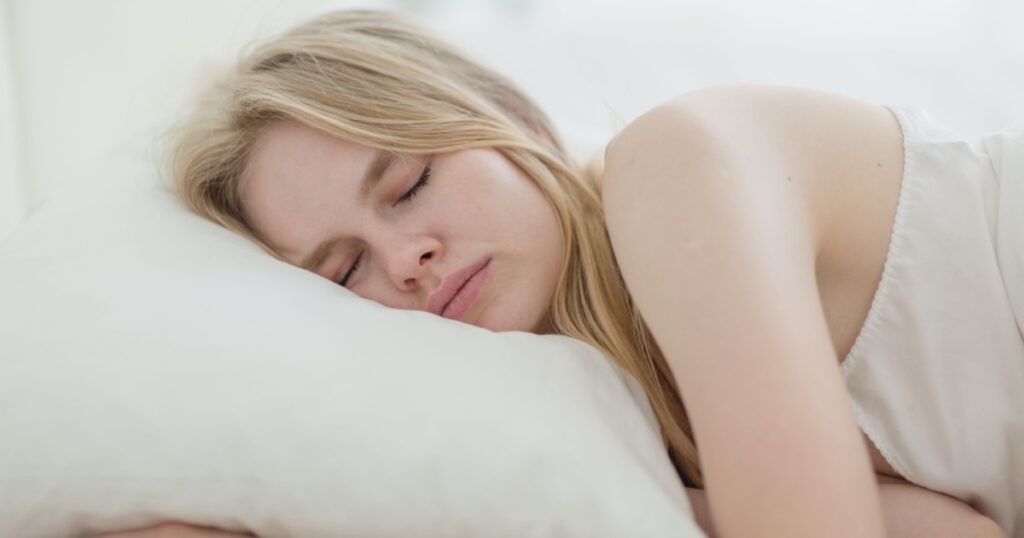
People who sleep on one side with their arms outstretched show a unique blend of openness and wariness. This sleeping position suggests a willingness to embrace new experiences and perspectives but also hints at signs of caution and suspicion. Extended arms also convey a sense of readiness and assertiveness, like facing challenges head-on.
3. Stomach Sleeping

Stomach sleeping, especially with hands above or under the pillow, reflects a mix of sociability and vulnerability. Those favoring this sleeping position often ooze confidence and sociability on the outside, yet beneath the surface, there’s a sensitivity and desire for acceptance. The prone posture signifies a readiness to engage with the world, paired with a want for emotional security. These sleepers might be harboring insecurities and anxieties; maybe check in with them and see how they’re doing.
4. Back Sleeping
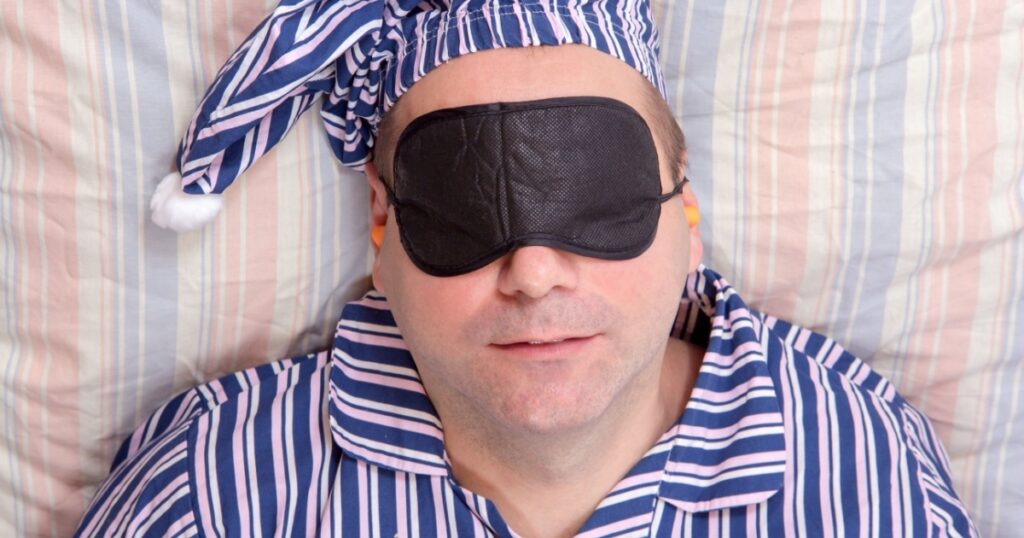
Back sleeping, while often associated with peace and relaxation, also shows a complex grouping of personality traits and health considerations. Individuals who prefer sleeping on their backs tend to have a sense of composure and self-assurance.2 This sleeping position indicates a readiness to take challenges on with poise and grace, reflecting inner confidence. However, back sleeping may worsen conditions such as sleep apnea and snoring, which means while they may be confident, they may not have the best choice of action.
Read More: How Your Sleeping Position Affects Your Health
5. Starfish Position

Sleeping on one’s back with arms extended up and out, like a starfish), ironically reveals a selfless and nurturing demeanor. The sleeping position that takes up the most room in bed allegedly prioritizes the well-being of others over their own comfort, symbolizing a generous and compassionate nature. The posture of the arms reflects a readiness to offer support and assistance, embodying the essence of altruism and empathy. These correlations offer intriguing glimpses into how our subconscious might influence our sleep positions and vice versa.
Interplay Between Sleep Positions and Health
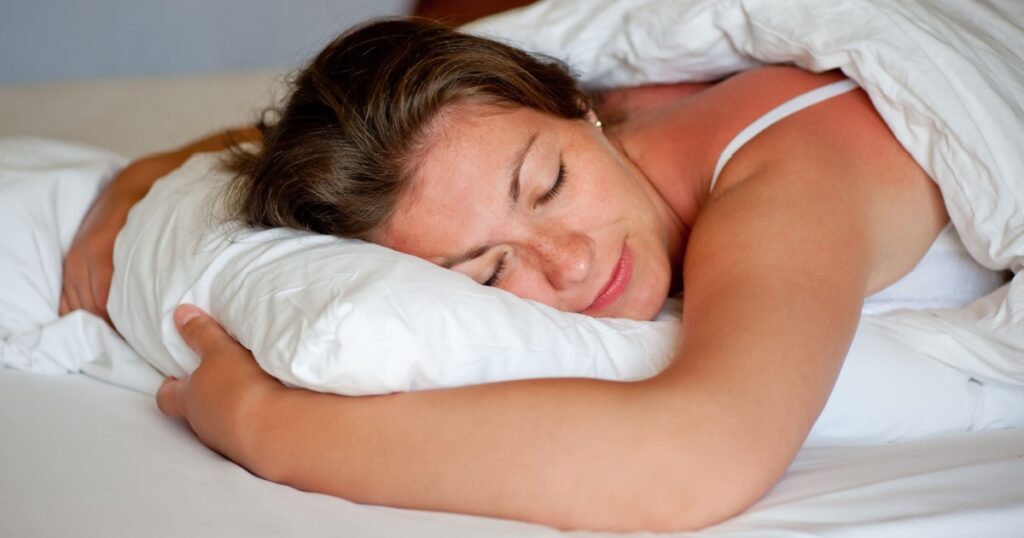
Beyond personality insights, our sleep positions also impact our physical well-being. Side sleeping, for instance, is often recommended for its benefits in reducing snoring and improving digestion. Pregnant individuals, in particular, may benefit from left-side sleeping to enhance blood flow and alleviate heartburn. Back sleeping can exacerbate conditions like sleep apnea, emphasizing the importance of knowing how sleep positions affect health.
The Role of Couple Sleeping Positions

Moreover, the way couples sleep together can provide valuable insights into their relationship dynamics. Various sleeping positions, such as spooning or facing opposite directions, reflect differing levels of intimacy and independence.3
1. The Spoon
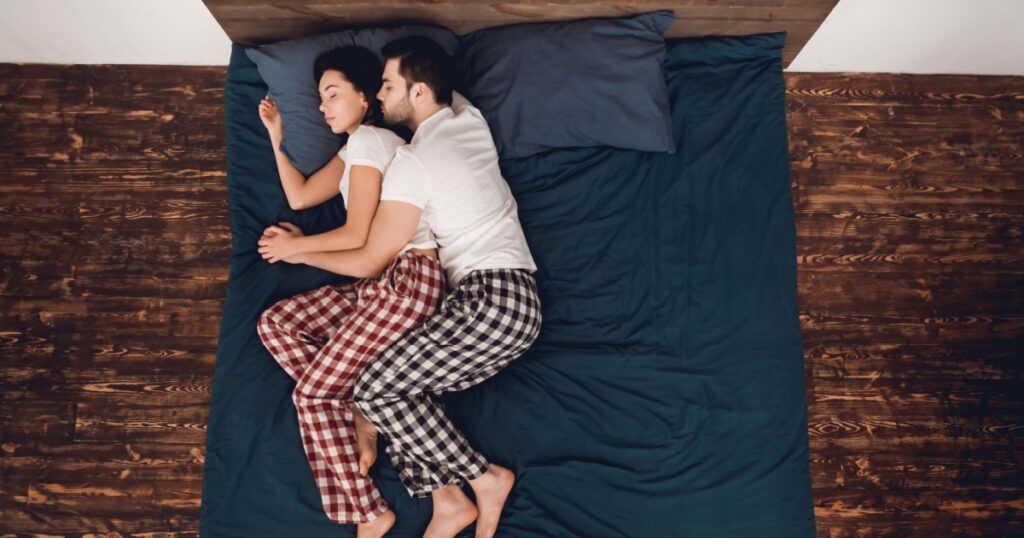
Spooning, where one partner holds the other from behind, epitomizes the profound feeling of intimacy and protection. The partner assuming the role of the “big spoon” assumes a protective stance, showing a desire to shield and nurture their loved one. This position fosters feelings of security and trust, enhancing and already deep emotional bond characterized by vulnerability and reassurance. The physical closeness in spooning signifies a harmonious blend of affection and mutual dependence, fostering a sense of unity and connection all in a sleeping position.
Read More: 6 Things You Shouldn’t Do In Bed to Get a Good Night’s Sleep
2. The Liberty Lovers
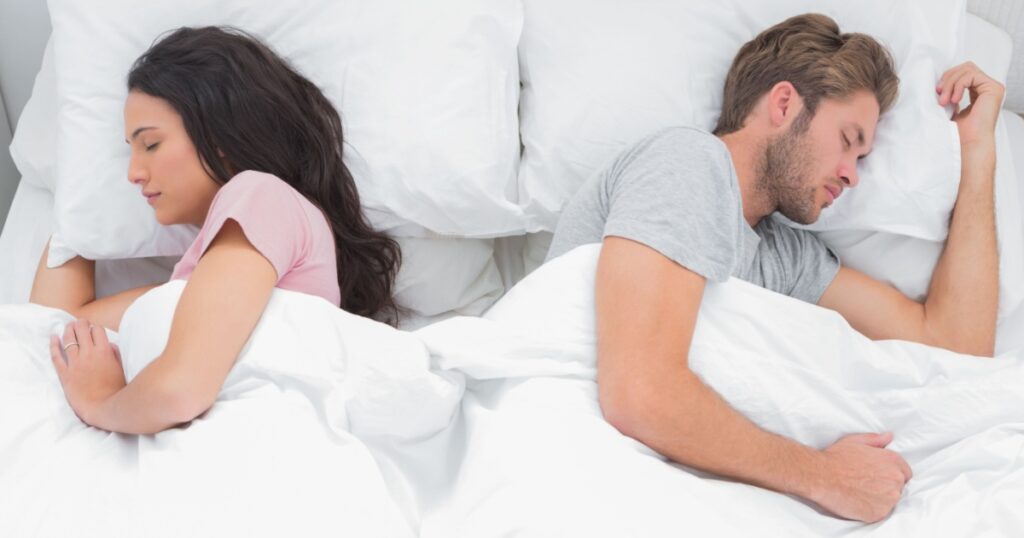
Contrary to the intimate embrace of spooning, the “liberty lovers” position has partners sleeping back-to-back without physical contact. This sleeping position reflects a harmonious balance between closeness and independence. Couples who prefer this sleeping style have a secure sense of self and mutual respect for each other’s personal space. While physically separate, the proximity of their bodies signifies a profound emotional connection and shared intimacy. The liberty lovers position is the champion position of a mature relationship dynamic grounded in trust, autonomy, and mutual understanding.
3. The Nuzzle

The nuzzle is characterized by one partner resting their head on the other’s chest with intertwined legs. This sleeping position evokes feelings of tenderness, affection, and trust. The most intimate of positions, it fosters a sense of protection and security and symbolizes a deep emotional bond of vulnerability and openness. The physical closeness signifies a profound emotional connection and mutual reliance, embodying companionship and support. Couples who embrace the nuzzle position often exhibit a strong sense of mutual understanding and emotional reciprocity, fostering a deep and enduring love.
4. The Chase
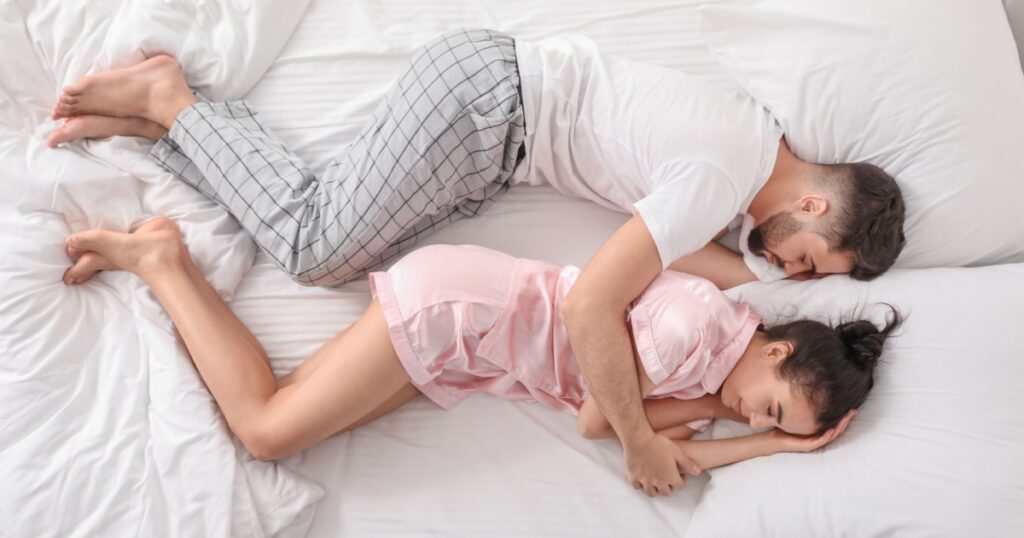
The chase position, reminiscent of spooning but with one partner in pursuit with a bit of space between, reflects a dynamic interplay of desire and, you guessed it, pursuit. This position may indicate a playful yet profound expression of affection, with a partner seeking closeness and intimacy. Alternatively, it could also be a marker for desired space and independence, with one partner subtly asserting their autonomy within the relationship. The chase position shows the complexities of romantic pursuit and highlights the delicate balance between closeness and autonomy. These sleeping positions offer subtle cues and clues about the dynamics and strengths of the relationship, showing how our subconscious communication extends even into sleep.
Choosing the Optimal Sleep Position
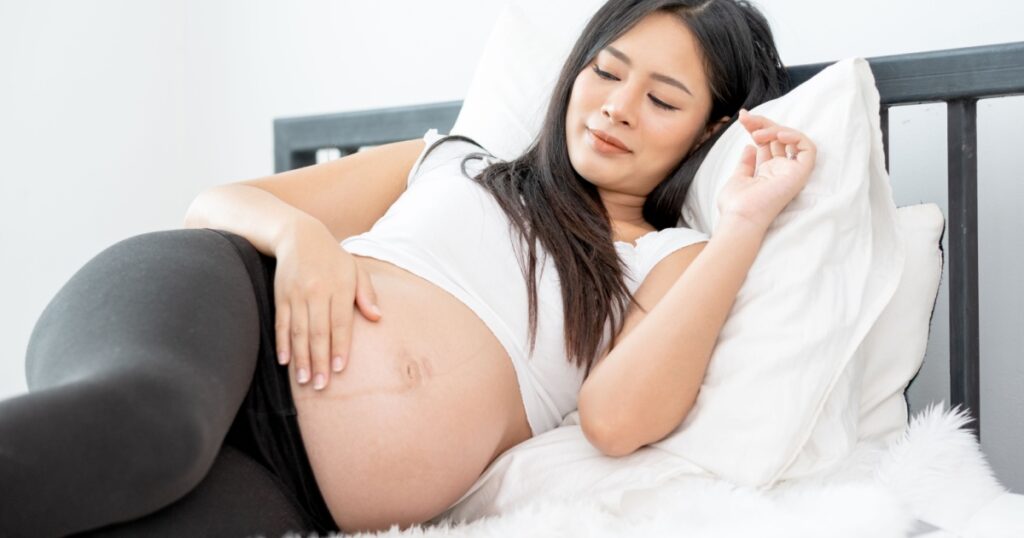
While our sleep positions may offer insights into our personalities and relationships, prioritizing sleep quality remains paramount. Side sleeping is generally recommended for its health benefits, but individual preferences and comfort play a crucial role. Finding the right balance between comfort, health considerations, and personal preference gives you the best chance for a good night’s rest. Understanding the interplay between sleep positions, personality traits, and health enables us to optimize our sleep experiences for enhanced physical and psychological well-being. So, the next time you curl up in bed, consider what your sleep position might say about you—it could reveal more than you imagine.
Read More: When You Skip Sleep, You Eat 300+ More Calories the Next Day
Sources
- “What Does Your Sleeping Position Say About Your Personality and Health?” Healthline. Crystal Raypole. February 26, 2021.
- “What Your Sleep Position Says About You.” Psycom. Krista Soriano. September 23, 2021.
- “What Your Sleeping Position With a Partner Says About Your Relationship.” Huffpost. July 30, 2015.
